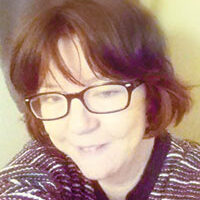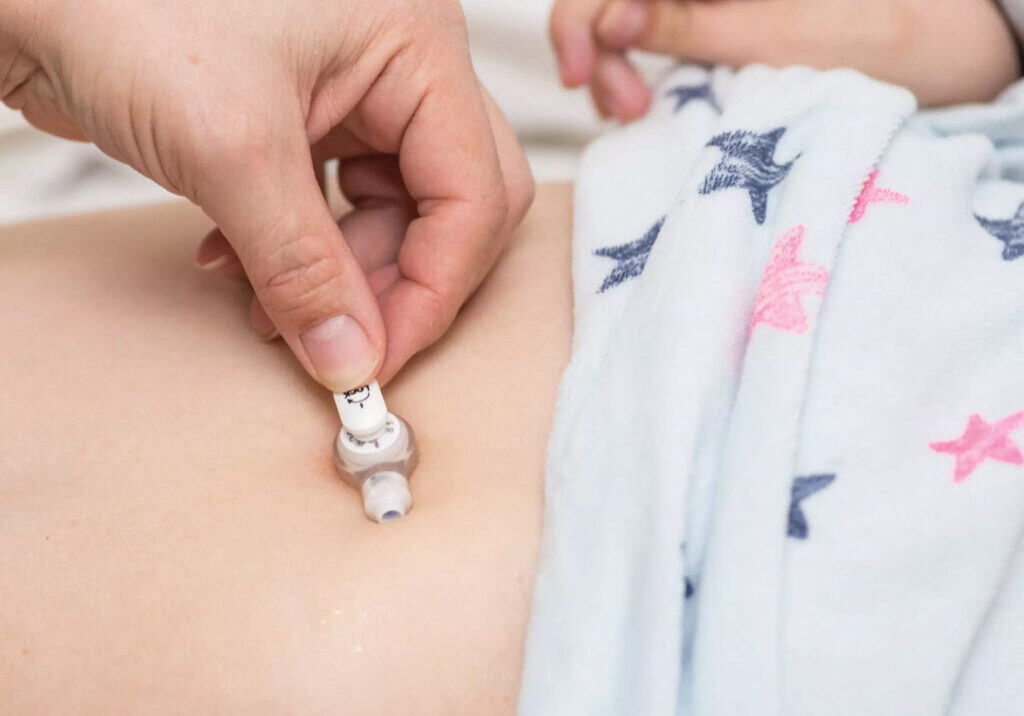Teaching children with learning differences about a diverse array of holidays like Christmas, Hanukkah, Diwali, Ramadan, Eid, Lunar New Year and Kwanza isn’t just a festive activity – it’s a valuable opportunity to broaden their understanding of the world. However, engaging children with learning differences in understanding these holidays often calls for innovative, out-of-the-box teaching methods. This could mean using visual aids, storytelling, experiential learning or digital technology to make these cultural celebrations relatable and meaningful. By meeting them where they are, we can offer our kids an enriching learning experience and help them appreciate the beauty of diversity in a way that resonates with them.
Understanding Learning Differences and Styles
Learning differences involve the unique ways people process, comprehend and retain information. Some common learning differences include dyslexia, ADHD and autism. Each child with a learning difference perceives and assimilates information uniquely, so typically a “one size fits all” teaching approach may not work for them.
It’s not that these kids are less capable of learning; they tend to flourish under different teaching strategies that cater to their individual needs. Traditional teaching methods often rely heavily on auditory and textual learning, which might not resonate with a child who learns better through visual aids or physical interaction. Therefore, understanding and catering to your child’s learning differences is crucial in providing an inclusive and effective learning environment.
Knowing what learning style your child has can help in developing personalized teaching methods that fit their individual needs. Some common learning styles are visual, auditory, verbal, kinesthetic, logical and social. For instance, showing visual learners images of Diwali celebrations or a Ramadan crescent moon can make these holidays more relatable and less abstract. These visual representations help bridge the gap between text-based learning and hands-on experiences.
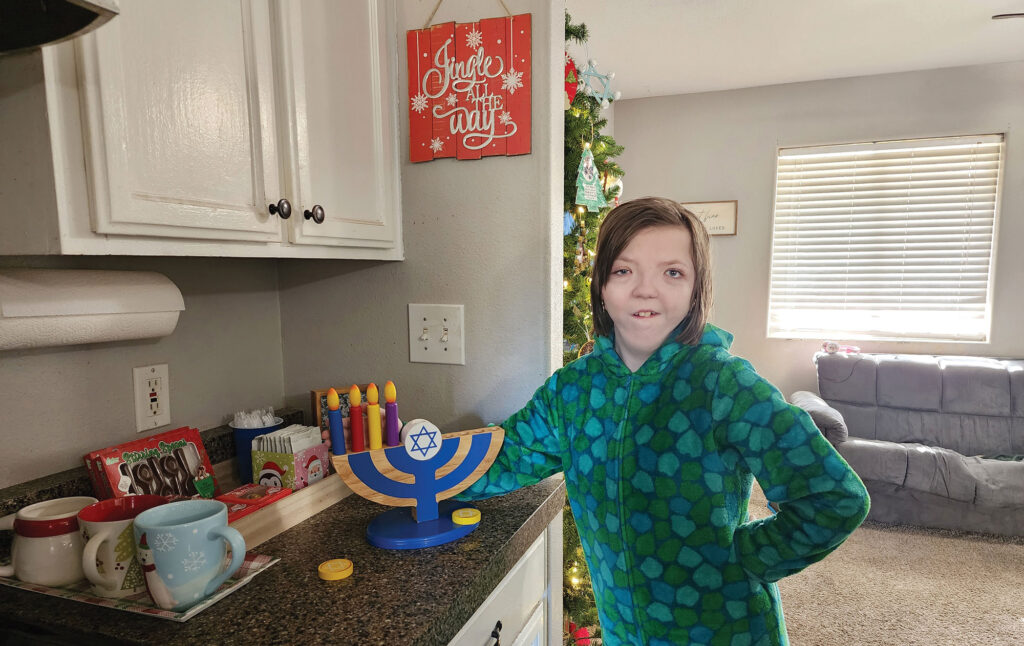
This visual and tactile representation of the menorah helps Lily Arnold to learn about Hanukkah. Photo by Jennifer Arnold.
Engaging Learning with Hands-On Experiences
The key to teaching children with learning differences is to make learning an enjoyable and engaging experience. Hands-on learning is an effective way to engage children with learning differences. For example, let them participate in making a kinara for Kwanzaa, decorating a Christmas tree or creating a menorah for Hanukkah. This interactive experience not only makes learning fun but also aids in retention and understanding of the cultural significance of these holidays.
Last year, my son started asking questions about Hanukkah, but the books we found on it didn’t really pique his interest. A friend generously provided us with a gently used wooden menorah and my son was fascinated. The fact that he could interact with it by physically putting the wooden flames in the candles and seeing it on the table every day made the holiday come to life for him.
Storytelling of the origins and traditions of different holidays, using simple language and vivid descriptions, is another powerful learning tool. You could also use picture books or graphic novels to support your storytelling session and even have your kids role-play their favorite stories. This immersive learning method can significantly enhance their understanding and appreciation of diverse holiday celebrations.
Teaching children with learning differences about the diverse holidays can be a joy and a challenge. Simplified and clear explanations can help break down complex holiday traditions into manageable, bite-sized parts to ensure your child grasps the essence of the celebration. Another critical element in learning for many kids is repetition and consistency, and revisiting holiday topics over days or weeks can deeply embed understanding.
For kids with learning differences, recognizing that some holidays can be a sensory overload, it’s essential to adapt celebrations to accommodate sensory sensitivities. Opt for quiet or low-stimulus celebrations when needed and modify traditional activities in a more sensory-friendly manner whenever possible. This way, every child can partake in the joy and learning that holidays bring.
Posted in: Uniquely Us
Comment Policy: All viewpoints are welcome, but comments should remain relevant. Personal attacks, profanity, and aggressive behavior are not allowed. No spam, advertising, or promoting of products/services. Please, only use your real name and limit the amount of links submitted in your comment.
You Might Also Like...

Caregiver Burnout
Caregiver Burnout: Trying to Pour from an Empty Cup Is it normal to be exhausted all the time? I had four small kids, two of whom had significant medical issues. […]
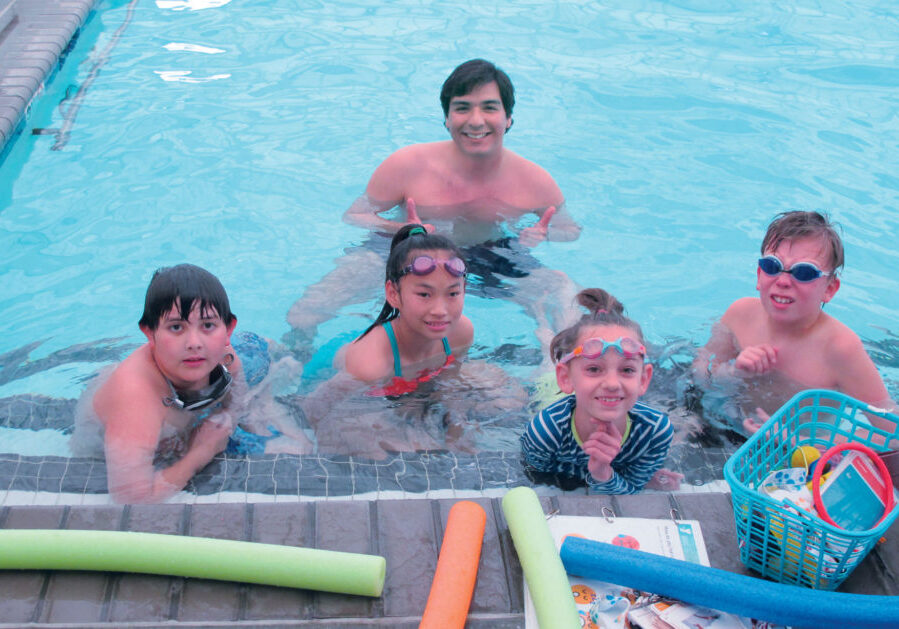
Summer Programs for Kids with Diverse Abilities Allow Them to Thrive
Summer can be a challenging time for parents of children with special needs. While other families plan vacations and days at the beach, parents of children with special needs are […]

Sensory-Friendly Vacation Ideas
Summer vacation with the family is a chance to break away from the routine, explore new destinations and create lasting memories together. However, for parents of children with disabilities, especially […]
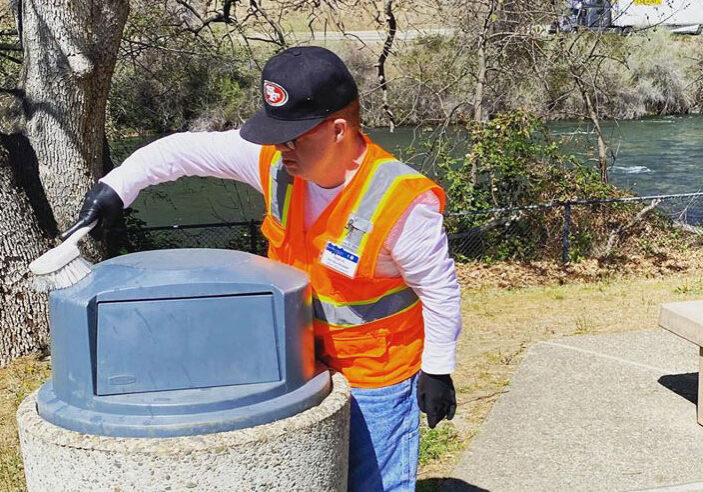
Spotlight on the Siskiyou Opportunity Center – Uniquely Us
Here in the North State, we are fortunate to have several programs that provide services for individuals with special needs. For those over the age of 18, there are day […]


